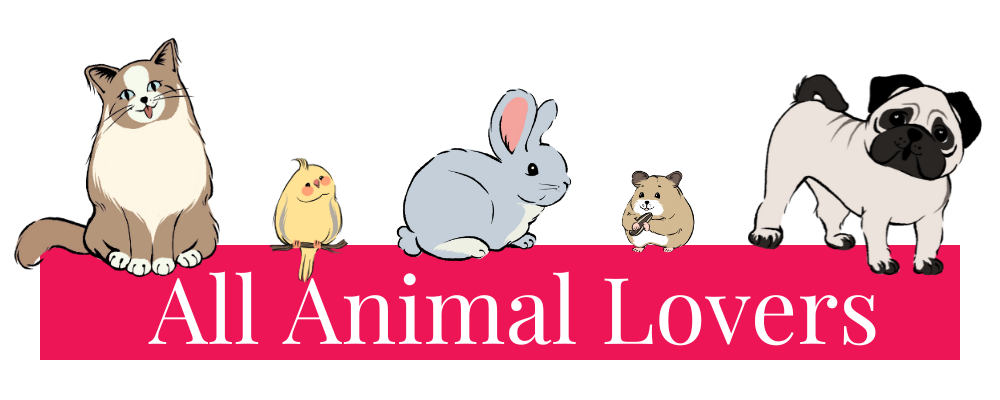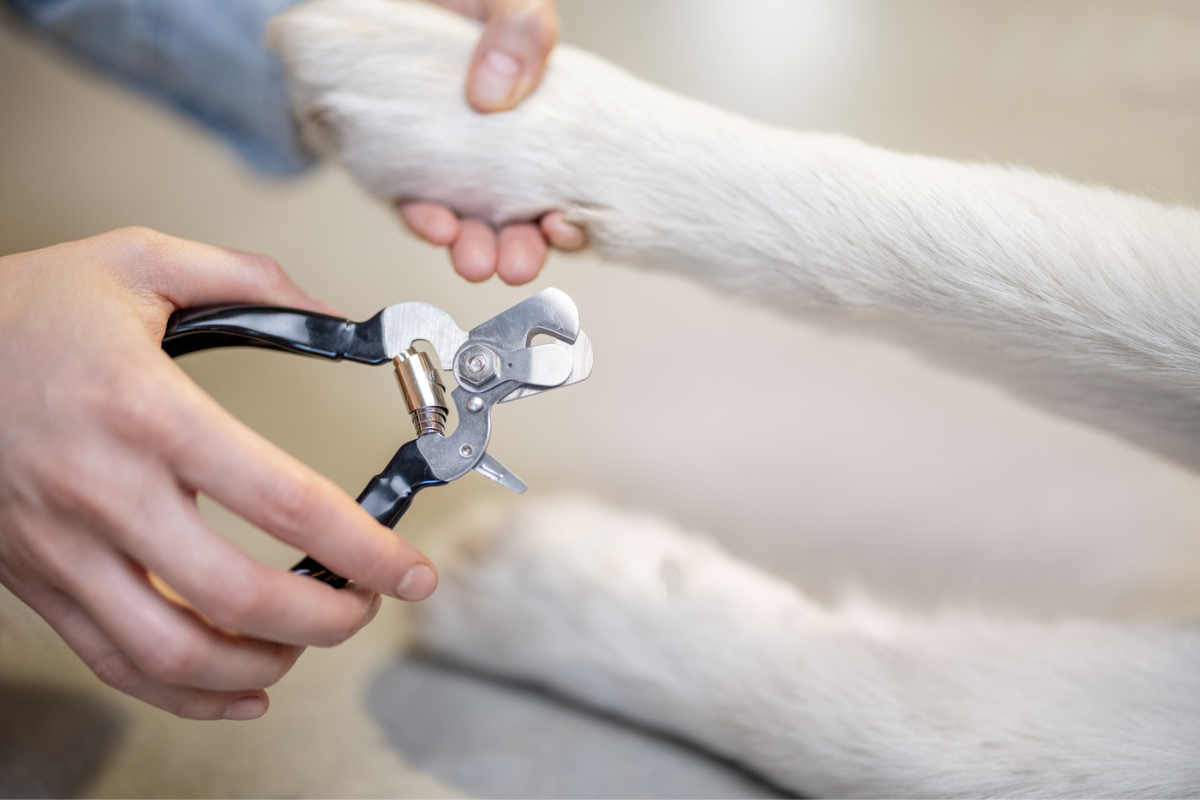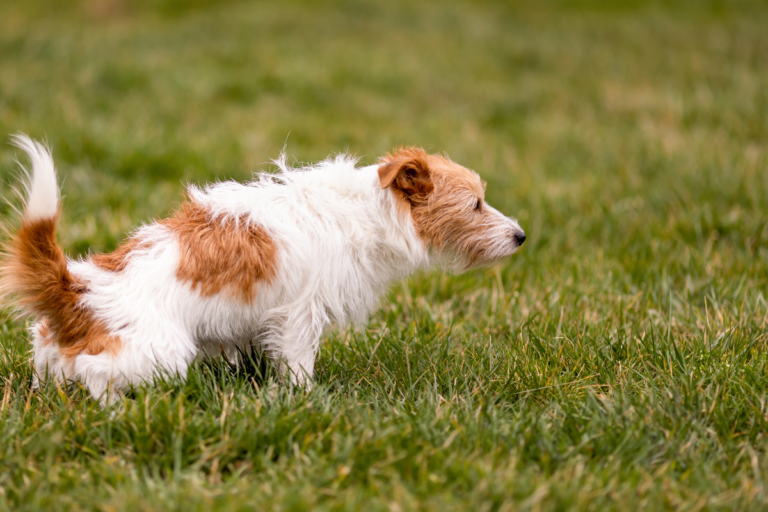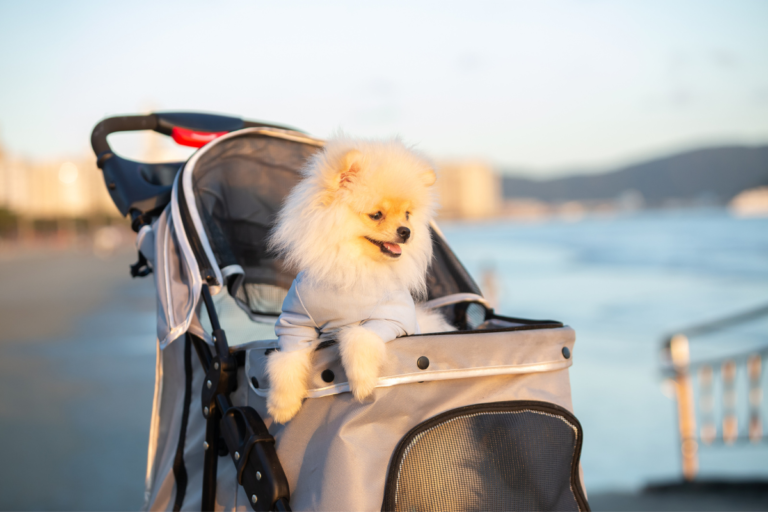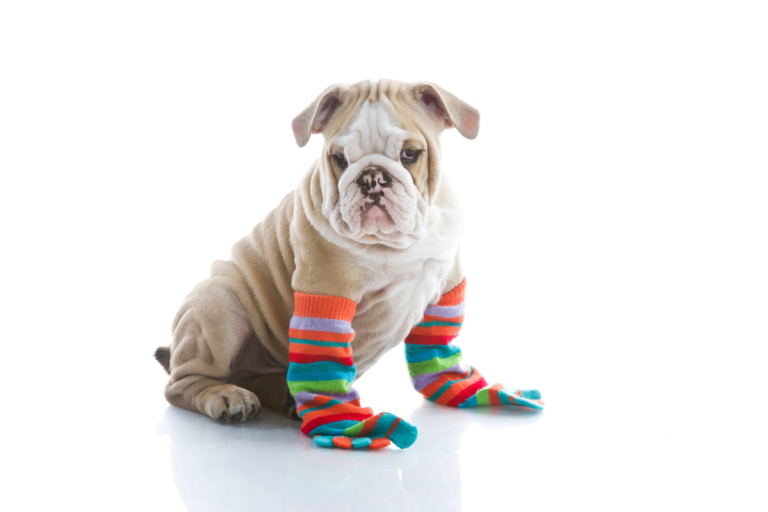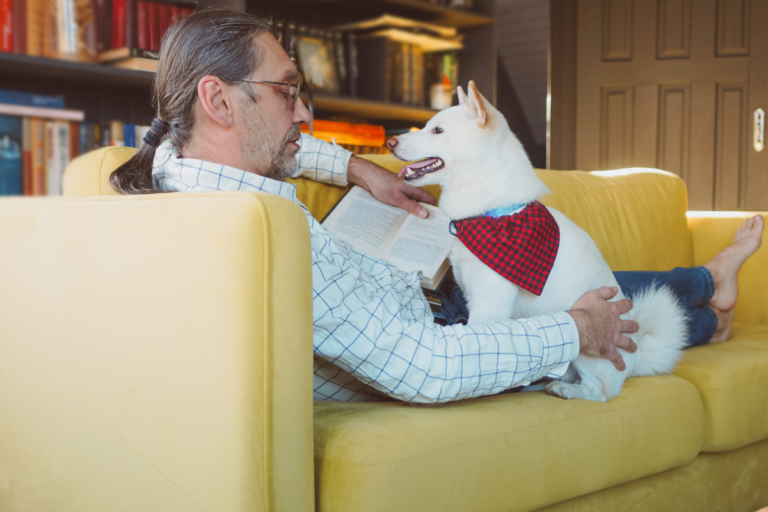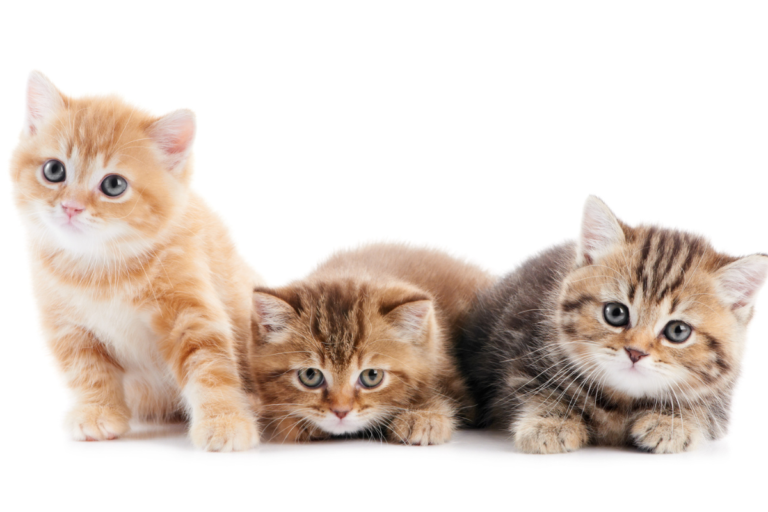Your Dog’s Dew Claws: The Often Overlooked Danger for Your Dog
This post may contain affiliate links, meaning if you decide to make a purchase via my links, I may earn a small commission at no additional cost to you. You can read our full affiliate disclosure by clicking here.
Introduction:
Hey there, fellow pet lovers! I’m Maureen, and today we’re going to dive into a topic that doesn’t always get the attention it deserves: dew claws. These seemingly harmless little appendages on your dog’s paws can sometimes turn into a big issue if not properly cared for. So, grab a comfy spot for you and your furry friend, and let’s talk about the dangers of your dog’s dew claws and what you need to do about them.
But first a short story as to why I want to make everyone aware:
I was pet-sitting for a dog this past weekend. I arrived at around 7 a.m. As usual, the dog came running to me. I did noticed that he was holding up his front left paw and he was limping. I first thought he hurt his paw but when he got closer, I noticed his dew claw was stuck on the metal loop of his collar. Quickly I removed it and thank goodness he was okay. Not really sure how long he had it caught up into the loop and I am hoping it had just happened. I did let the owner know and advised him to get the dogs nails cut or get a collar with no loop. I also let him know that I removed the dogs collar.
What Are Dew Claws?
Dew claws are those tiny, almost thumb-like toes located higher up on your dog’s leg, often resembling a fifth digit. Not all dogs have them, and their presence varies by breed. Dew claws are essentially vestigial digits, remnants from a time when dogs had more toes.
The Dangers of Neglected Dew Claws:
- Injury and Tears: One of the most common issues with dew claws is injury. Since they are positioned higher up on the leg and don’t make contact with the ground, they are more vulnerable to getting caught on objects. This can lead to painful tears or even complete detachment, which can be excruciating for your furry companion.
- Infection: If your dog’s dew claw is torn or damaged, it can create an entry point for bacteria, increasing the risk of infection. Infections in the paw area can be painful and require veterinary attention.
- Ingrown Nails: Dew claws can also develop ingrown nails, which are not only uncomfortable for your pet but can become a breeding ground for infection if left untreated.
What You Can Do:
- Regular Inspection: Make it a habit to inspect your dog’s dew claws regularly. Look for any signs of damage, tears, or overgrown nails that curl. Early detection can prevent more significant problems.
- Trimming: Depending on your dog’s breed and activity level, you might need to trim the dew claws periodically with a dog nail clipper. If you’re unsure how to do this, consult with your veterinarian or a professional groomer.
- Protection: If your dog is particularly active or if you’re in an environment with rough terrain, consider using dog booties to protect the dew claws from injury.
- Consult Your Vet: If you notice any issues with your dog’s dew claws, don’t hesitate to consult your veterinarian. They can provide guidance on the best course of action, whether it’s trimming, treatment, or even removal in severe cases.
Conclusion:
In the grand scheme of pet care, dew claws might seem like a small detail. As responsible pet owners and animal lovers, it’s our duty to look out for every part of our furry friends. By staying vigilant and taking the necessary precautions, we can help keep our dogs safe and comfortable.
I hope this article has shed some light on the potential dangers of your dog’s dew claws. Remember, a little extra attention to those often-overlooked digits can go a long way in ensuring your pet’s well-being. Until next time, keep those paws happy and healthy! 🐾
